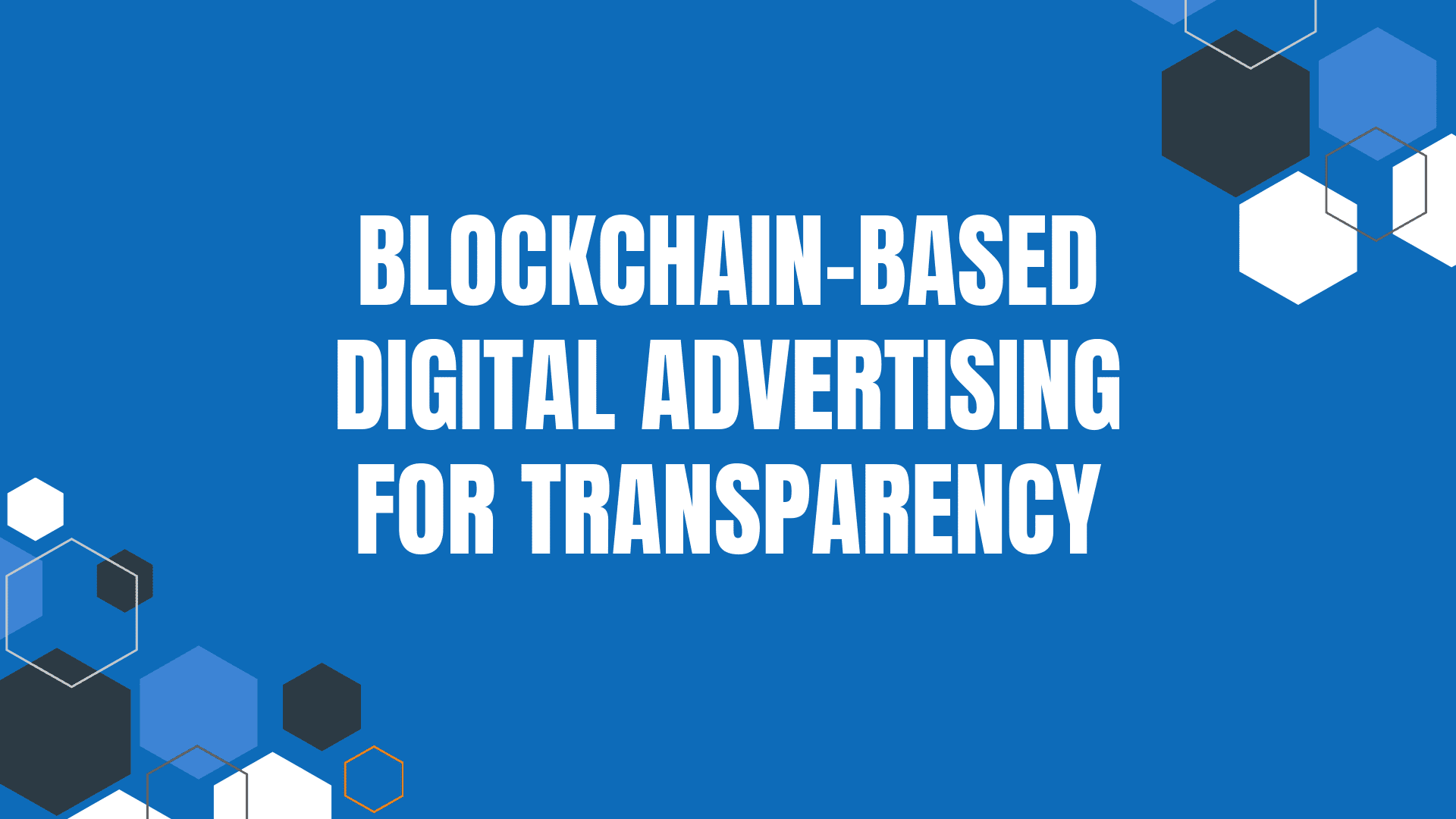Imagine a digital advertising ecosystem where every click, impression, and payment is verifiable, fraud is minimized, and trust is paramount. Blockchain technology, known for cryptocurrencies, is making this vision a reality. By decentralizing ad transactions and verification, blockchain tackles ad fraud, opaque supply chains, and lack of accountability—issues costing advertisers $42 billion annually. While blockchain’s financial applications are mainstream, its role in digital advertising remains a frontier. This narrative-driven article guides you through implementing blockchain-based advertising in 2025, weaving strategies into a roadmap for transparency.
The Case for Blockchain in Advertising
Blockchain’s immutable ledger ensures every ad interaction is recorded transparently across a decentralized network. Its 2025 relevance includes:
- Fraud Reduction: Blockchain verifies legitimate traffic, combating bot-driven impressions.
- Supply Chain Clarity: Advertisers track every dollar from placement to publisher payout.
- Consumer Trust: 64% of consumers prefer transparent brands, and blockchain delivers.
- Efficiency: Smart contracts automate verification and payments, cutting intermediaries.
Blockchain transforms advertising into an ethical, efficient practice, restoring industry credibility.
Your Journey to Blockchain Advertising
Step 1: Grasp the Blockchain Foundation
Start by understanding blockchain’s advertising applications. A decentralized ledger records data securely, preventing tampering. Smart contracts execute tasks—like paying publishers for verified impressions—automatically. Tokens, like Basic Attention Token (BAT), reward users for ad engagement. Platforms like Ethereum or Hyperledger support these functions, offering a backbone for ad campaigns.
Step 2: Choose Your Blockchain Platform
Select platforms tailored for advertising:
- Brave Browser: Uses BAT to reward opt-in ad views, ensuring engaged audiences.
- AdChain: Verifies impressions to combat fraud.
- NYIAX: Facilitates transparent ad buying and selling.
- Lucidity: Provides real-time blockchain analytics.
Evaluate platforms for integration ease, cost, and reach to align with your goals.
Step 3: Craft Transparent Campaigns
Design campaigns leveraging blockchain’s strengths:
- Real-Time Verification: Track impressions and clicks to ensure authenticity.
- Smart Contract Payments: Automate payouts when conditions (e.g., 1,000 verified views) are met.
- Open Reporting: Share blockchain-based reports with stakeholders for trust.
- Precise Delivery: Ensure ads reach intended audiences, minimizing misplacement.
Transparent campaigns build confidence among advertisers and consumers.
Step 4: Educate Your Ecosystem
Blockchain is complex, so educate teams and partners:
- Highlight benefits like fraud reduction and cost savings.
- Share resources, such as whitepapers or webinars, to simplify concepts.
- Emphasize efficiency gains to secure buy-in from publishers and agencies.
Education fosters adoption and collaboration.
Step 5: Integrate with Your Marketing Stack
Connect blockchain platforms to existing tools:
- Use APIs to sync data with Google Ads or HubSpot.
- Ensure compatibility with analytics platforms for unified reporting.
- Test integrations to maintain campaign workflows.
Seamless integration maximizes blockchain’s benefits without disruption.
Step 6: Monitor and Expand
Track performance with blockchain analytics:
- Measure verified impressions, click authenticity, and cost per action.
- Use platform dashboards (e.g., Lucidity) for real-time insights.
- Scale successful campaigns by increasing budgets or adding platforms.
Start with pilot campaigns to test ROI before expanding.
Best Practices for Blockchain Advertising
- Pilot Small: Test with one campaign to assess feasibility.
- Choose Trusted Platforms: Work with established providers for security.
- Stay Compliant: Adhere to GDPR and other privacy laws.
- Promote Transparency: Highlight blockchain use in marketing materials.
- Adapt Quickly: Embrace new blockchain ad innovations.
Navigating Challenges
- Complexity: Partner with blockchain experts to simplify implementation.
- Adoption Hurdles: Educate stakeholders to encourage platform use.
- Initial Costs: Start with low-cost platforms like Brave for testing.
The Horizon for Blockchain Advertising
Blockchain ad spending is projected to exceed $5 billion by 2028, driven by:
- Mass Adoption: More brands will use blockchain to combat fraud.
- Consumer Models: Token systems will reward ad engagement.
- AI Integration: Blockchain and AI will optimize ads in real-time.
Early adopters will shape a transparent ad ecosystem.
Conclusion
Blockchain-based advertising offers a fraud-resistant, transparent approach, restoring trust in digital campaigns. By embracing blockchain, brands can lead in ethical marketing. Contact Biondo Creative to pioneer blockchain advertising in 2025.
External Resources
- Brave Browser – Blockchain ad platform.
- AdChain – Ad verification tools.
- IAB on Blockchain – Blockchain industry reports.
